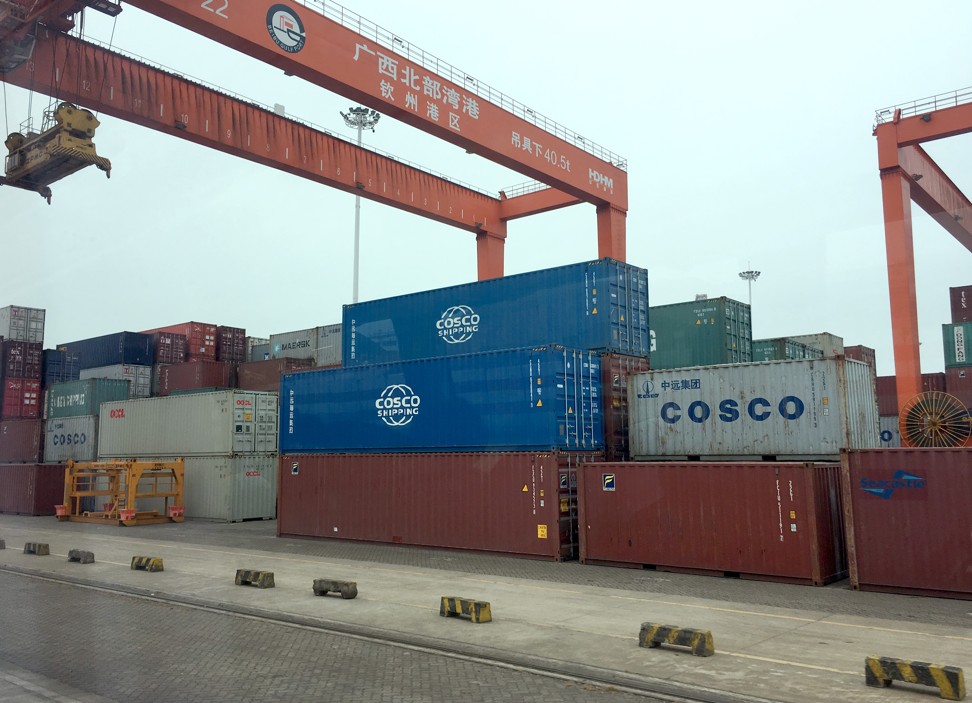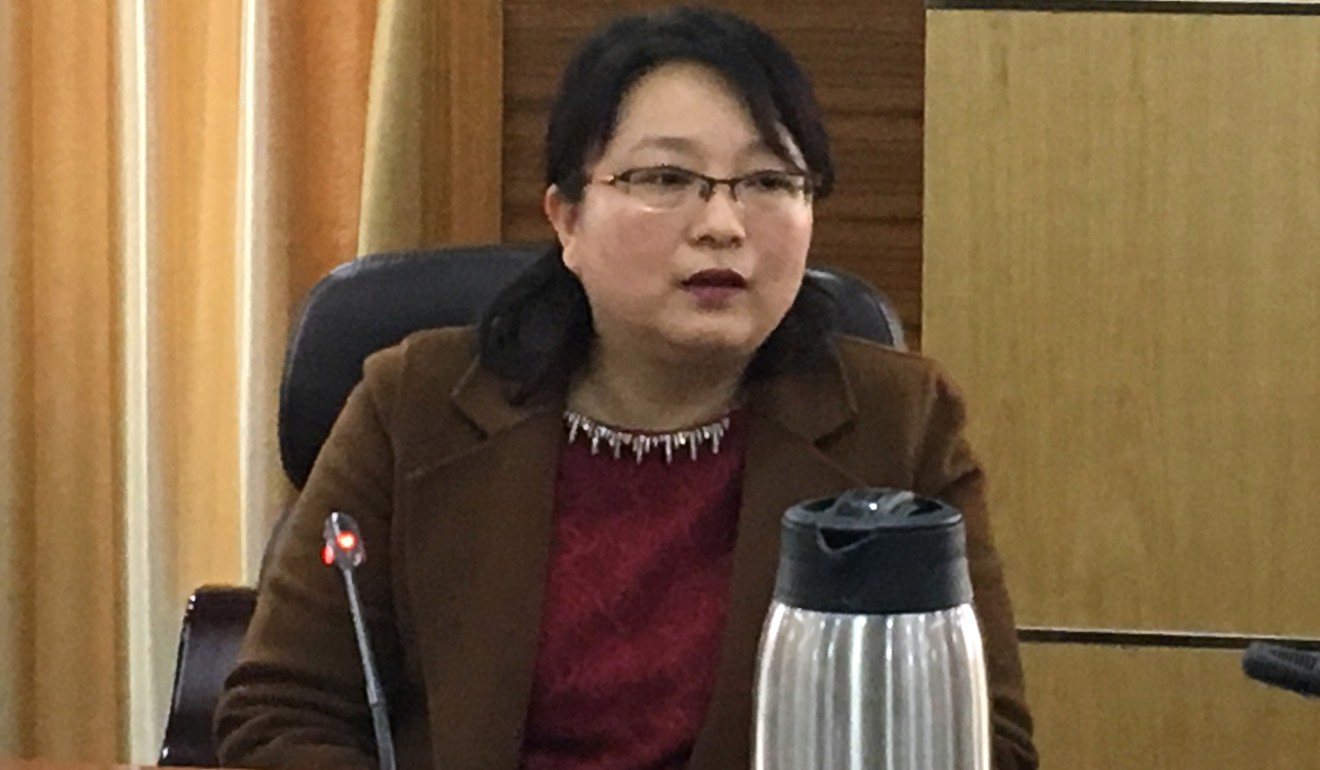
Could Singapore make all the difference to a poor Chinese region’s trade ambitions?
Guangxi’s high hopes of becoming an international transport hub have been given a boost but some stumbling blocks remain

Authorities in one of China’s poorest regions are hoping that a multibillion-yuan bet on a huge block of land by a Singaporean shipping company can be the catalyst for an ambitious trade project that has languished for a decade.
The goal is to turn the 3 sq km barren block in Nanning, the capital of the Guangxi Zhuang autonomous region, into a “world-class” logistics hub to forge stronger trade links between southwestern China and Southeast Asia.
It’s the same goal Guangxi was aiming for a decade ago under a national strategy called the “Development Plan for the Guangxi Beibu Gulf Economic Area”. But the region struggled to attract the required foreign investment and had little to offer in terms of exports, resulting in little progress.
Now, though, an initial 10 billion yuan (US$1.59 billion) investment from a Singaporean shipping company and rebranding are again fanning hopes that this time things might be different – even though some of the same obstacles remain.
Guangxi lies on the border with Vietnam and is within striking distance of the rest of Southeast Asia.
It is one of the poorest parts of the country in an impoverished provincial neighbourhood, with its economy reliant on oil refining, mining and food processing.
The region has struggled to thrive, despite many attempts to lift it up the national economic league table. Last year it was the fifth poorest of the country’s 31 provinces in terms of per capita GDP, according to China-based market analysis company ibaogao.
To help drive change, Guangxi’s government is branding the region as the “Chinese gateway” to Southeast Asia. And that’s where Pacific International Lines’ multibillion-yuan pledge comes in.
The Singaporean investment is the first major commitment by the city state since its government signed a memorandum with China to build the “Southern Transport Corridor” trade route.
Some of the land will be set aside as a special area for Sino-Asean trade where the goods will get preferential tax treatment.
The corridor is meant to link the industrial municipality of Chongqing in central China with Guangxi’s sea ports and eventually Singapore.
Guangxi hopes the project will encourage more commercial activity with other players from the Association of Southeast Asian Nations.

Li Mingjiang, a specialist in Sino-Southeast Asian ties from Singapore’s S Rajaratnam School of International Studies, said the Singaporean investment was a catalyst.
“The government’s plan on the development of Guangxi never really met their expectations ... until Singapore decided to step in,” Li, who has been a close observer of the region for the past decade, said.
“Throughout the government’s promotion of Guangxi’s potential, Asean did give it some attention but were not particularly enthusiastic, and no official ties were formed ... Singapore’s participation has given the development a very big push, especially in terms of shipping as a leading trade port in the region.”
There is already some infrastructure to work with. Guangxi’s three main ports – Beihai, Fangchenggang and Qinzhou – are stops on 24 foreign and 15 domestic shipping routes. These have the potential to handle exports of Chongqing’s computer and electronics manufacturing.
But much more needs to be built and the authorities have to address what went wrong in the past, Li said.
“Western China did not have enough to export, and it still doesn’t,” he said. “This is related to the entire industrial distribution of central and western China, and it is not related to more shipping lines with Singapore.
“There also needs to be a lot more facilities, such as the distribution of logistics support points along the way, insurance and financial support. Management is also a challenge.”

But Tan Xiuhong, deputy director-general of Guangxi’s commerce department, said the corridor would naturally attract business when its network was fully integrated.
“When the route is fully established, enterprises from around the world would use this as a platform to connect with western China,” she said.
Tan is hoping the southern corridor can siphon off some of the Chongqing export trade that is shipped down the Yangtze River to Shanghai.
At the moment the river route takes about two weeks but Tan said freight could be shipped from Chongqing and out through coastal Guangxi in less than three days.
Ultimately, Tan expects the corridor to link China all the way to the Strait of Malacca and the Indian Ocean, and from Chongqing northwards connecting Xinjiang, Central Asia, and all the way to Europe by rail.
The problem is that the time savings offered by Guangxi come with extra costs – freight is 40 per cent more expensive to transport via the corridor.
Li said businesses would need strong incentives to ship their products through the new route.
But Tan is confident the corridor will take off.
“I think economic cooperation is only going to get closer and closer,” she said.